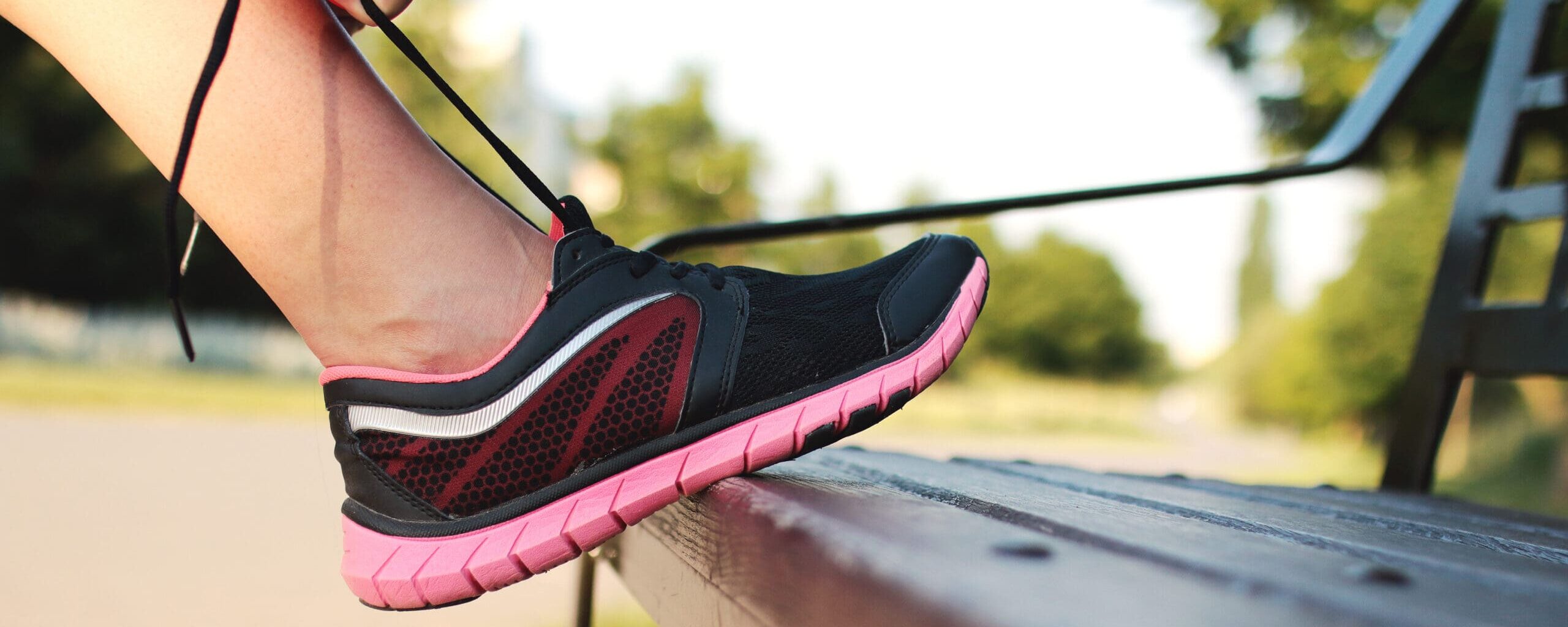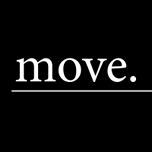Hypermobility affects at least 10% of the general population to some degree and means that a person’s joints and other soft tissues have more available movement and flexibility due to a variation in collagen, one of the building blocks in our connective tissue. .People with hypermobility can often do tricks like bend their thumbs forwards to touch their forearms or put their palms flat on the floor without bending their knees. These people are often referred to as having “loose joints” or being “double jointed.”
Interestingly, most hypermobile people do not develop any problems from their loose joints, in fact some people – such as ballet dancers, yoga enthusiasts and gymnasts, may even benefit from the increased flexibility!
Some people, however, can develop problems due to their hypermobility. This can include recurring pain in multiple joints, pain in their muscles or fatigue (extreme tiredness). If hypermobility occurs alongside symptoms such as these, it is known as Hypermobility Spectrum Disorder. This can include a diagnosis of hypermobile type Ehlers-Danlos Syndrome (h-EDS), the most common form of Ehlers-Danlos Syndrome (EDS).
Internationally, the syndrome is believed to affect 1 in every 2,500 to 5,000 people, although there are suggestions that it is actually much more common than this, with many people not reporting their symptoms, or receiving a diagnosis. So what is EDS and how can a Physiotherapist help?
What is Ehlers- Danlos Syndrome (EDS)?
EDS is an inherited disorder that affects the body’s connective tissue, which provides support to the skin, bones, tendons, ligaments and blood vessels. People with EDS have variations in genes that control collagen, the protein that acts as a “glue” to add strength and elasticity to connective tissue. As a result, the connective tissue has more laxity.
EDS is generally characterised by joint hypermobility, skin hyperextensibility (skin that can be stretched further than normal) and tissue fragility (skin that tears or bruises easily and wounds that take longer to heal). There are 13 types of EDS and each vary in their genetic causes. As a result, each person with EDS is affected differently and often in multiple ways.
What does EDS feel like?
The signs and symptoms of EDS are most often joint and skin related and can have a significant impact on daily function and quality of life.
Individuals with EDS may experience:
- Joint hypermobility
- Loose/unstable joints which are more likely to be sprained or dislocated
- Chronic joint pain and stiffness, most often in larger joints (neck, shoulders, back, hips, knees) as well as smaller joints (ankles, wrists, elbows)
- Early onset of osteoarthritis
- Soft velvety-like skin
- Fragile skin that tears or bruises easily
- Slow and poor wound healing
EDS can also affect other bodily systems that may seem mysterious and unrelated. Other symptoms that can occur include:
- Mitral valve prolapse, heart arrhythmias
- Uterine prolapse
- Hernias
- Gastroesophageal reflux disease (GERD)
- Irritable Bowel Syndrome
- Temporomandibular Joint Dysfunction (TMJ)
- Depression and anxiety
- Developmental Coordination Disorder (in children)
- Autonomic nervous system deregulation (fast heart rate, low blood pressure, fainting)
As EDS can often masquerade as a variety of other illnesses, it remains misunderstood and often underdiagnosed. In fact, most EDS patients spend an average of 20 years before finding a diagnosis!
How can we help manage EDS?
As EDS is a genetic disorder, it has no simple cure. Treatment is important however, to relieve the associated signs and symptoms and prevent serious complications. Given the potential wide variety of symptoms experienced by individuals with EDS, it can be difficult to decide which health professional to see first. At Move for Better Health, we generally recommend starting with an assessment with a Physiotherapist who can then also determine if it would be helpful for you to be referred to another practitioner within the clinic, such as an Exercise Physiologist, Psychologist, Dietitian or Podiatrist.
The Physiotherapy assessment starts with history taking to determine the types of symptoms you are experiencing, and how these have behaved over time. It also helps establish what previous tests and treatments have been done in the past, and if these were helpful.
Due to the often complex nature of the condition, this part of the assessment can take quite some time, and helps the Physiotherapist determine which physical tests they should then perform in the remainder of the assessment and whether referral to another health professional is needed. The physical tests typically involve functional tests to check your ability to perform certain movements, and specific tests in problem areas which can include joint range of movement, joint stability tests, strength testing, balance testing and others. It is likely that the Physiotherapist will need more than one appointment to complete the assessment procedure, to ensure it is thorough enough to establish an appropriate and effective treatment plan.
Following the assessment process, it should become clear what the treatment plan will focus on. This may include prescribing exercises that aim to increase muscle strength and provide stability to joints to avoid pain and improve function. Weight-bearing exercises in particular, are crucial to help maintain bone density and muscle tone. We can also provide advice around how to stay active while minimising stress on the body and where appropriate, direct patients to assistive devices such as braces and splints to help support joints and scooters and wheelchairs to aid mobility. Some aspects of treatment may be provided by Exercise Physiologists, Psychologists, Dietitians and even Podiatrists if needed.
What other types of treatment can help manage EDS?
In addition to seeing allied health practitioners at Move for Better Health, a patient with EDS may also see other health professionals to help manage their condition. A doctor can monitor patients for associated complications and prescribe important medications. This may include pain medication to relieve muscle or joint pain and supplements such as calcium and vitamin D to increase bone density.
Other health professionals might include a pain specialist, dermatologist, cardiologist, rheumatologist, and occupational therapist.
Need help to get started?
- If you’d like to see one of our Physiotherapists for an assessment we would recommend you start with a booking with Bec, Emil or Marelle:
- Call us:
- 08 8373 5655 for Malvern
- 08 7078 0303 for Magill
- 08 8295 1294 for Glenelg
- Use our Online Booking Gateway (available 24/7) to choose your appointment time
- Drop in to see us in person
- Email us on info@moveforbetterhealth.com.au
- Call us:
References
2012, ‘Ehlers-Danlos Syndrome’, in H Chen (eds) Atlas of Genetic Diagnosis and Counselling, New York, NY, pp. 705–717.
Christophersen, C & Adams, JE 2014, ‘Ehlers-Danlos Syndrome’, Journal of Hand Surgery, vol. 39, no. 12, pp. 2542–2544.
Pocinki, AG, 2010, Joint Hypermobility, Washington.
Tinkle, B, Castori, M, Berglund, B, Cohen, H, Grahame, R, Kazkaz, H & Levy, H 2017, ‘Hypermobile Ehlers–Danlos syndrome (a.k.a. Ehlers–Danlos syndrome Type III and Ehlers–Danlos syndrome hypermobility type): Clinical description and natural history’, American Journal of Medical Genetics Part C: Seminars in Medical Genetics, vol. 175, no. 1, pp. 48–69.
U.S. National Library of Medicine 2019, Ehlers-Danlos syndrome, Genetic Home Reference, viewed 28 October 2019, <https://ghr.nlm.nih.gov/condition/ehlers-danlos-syndrome>.








